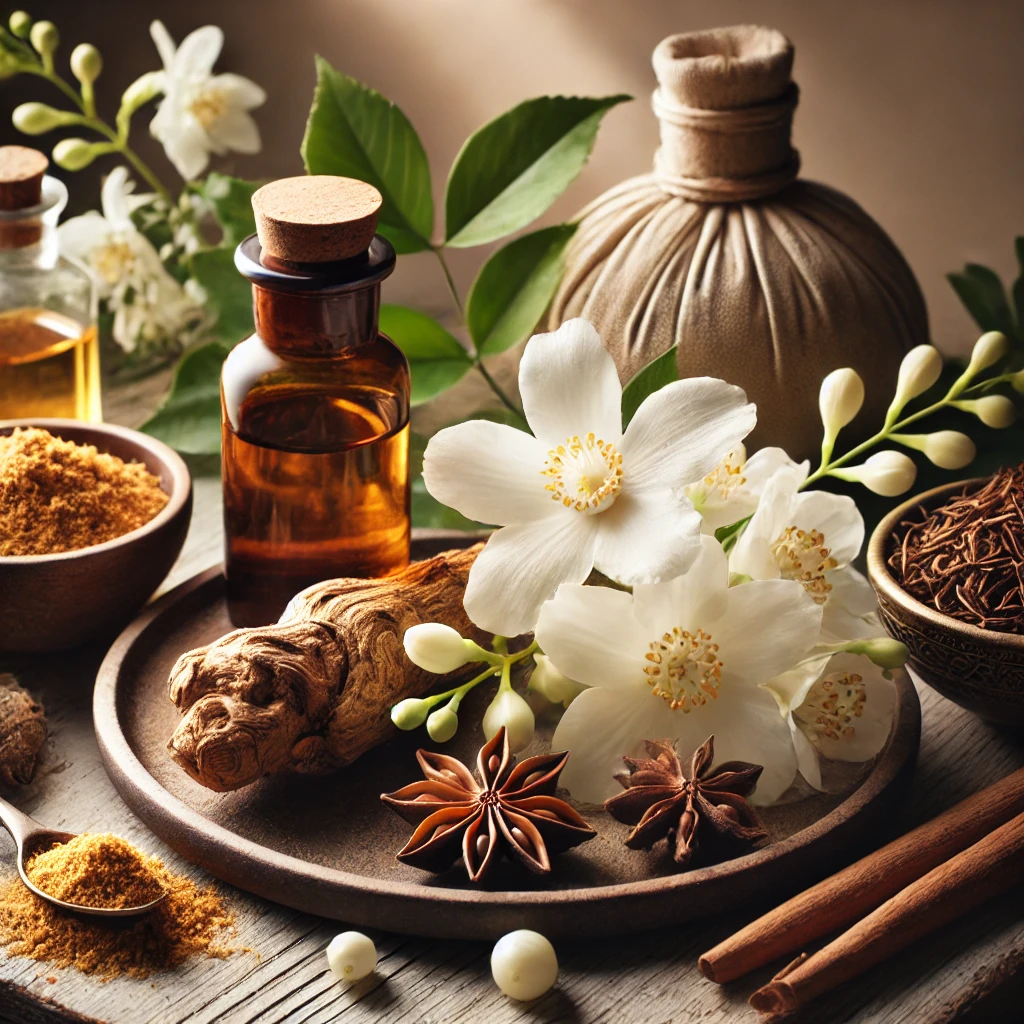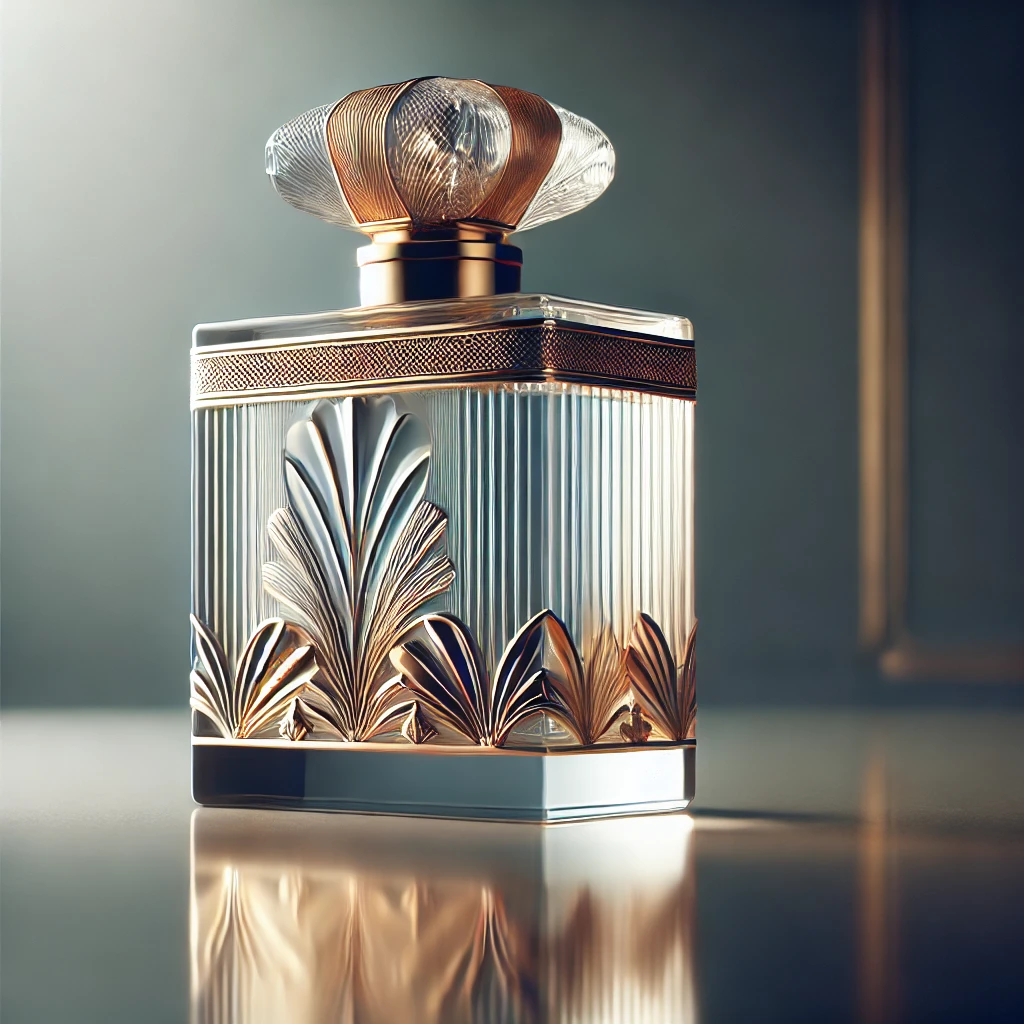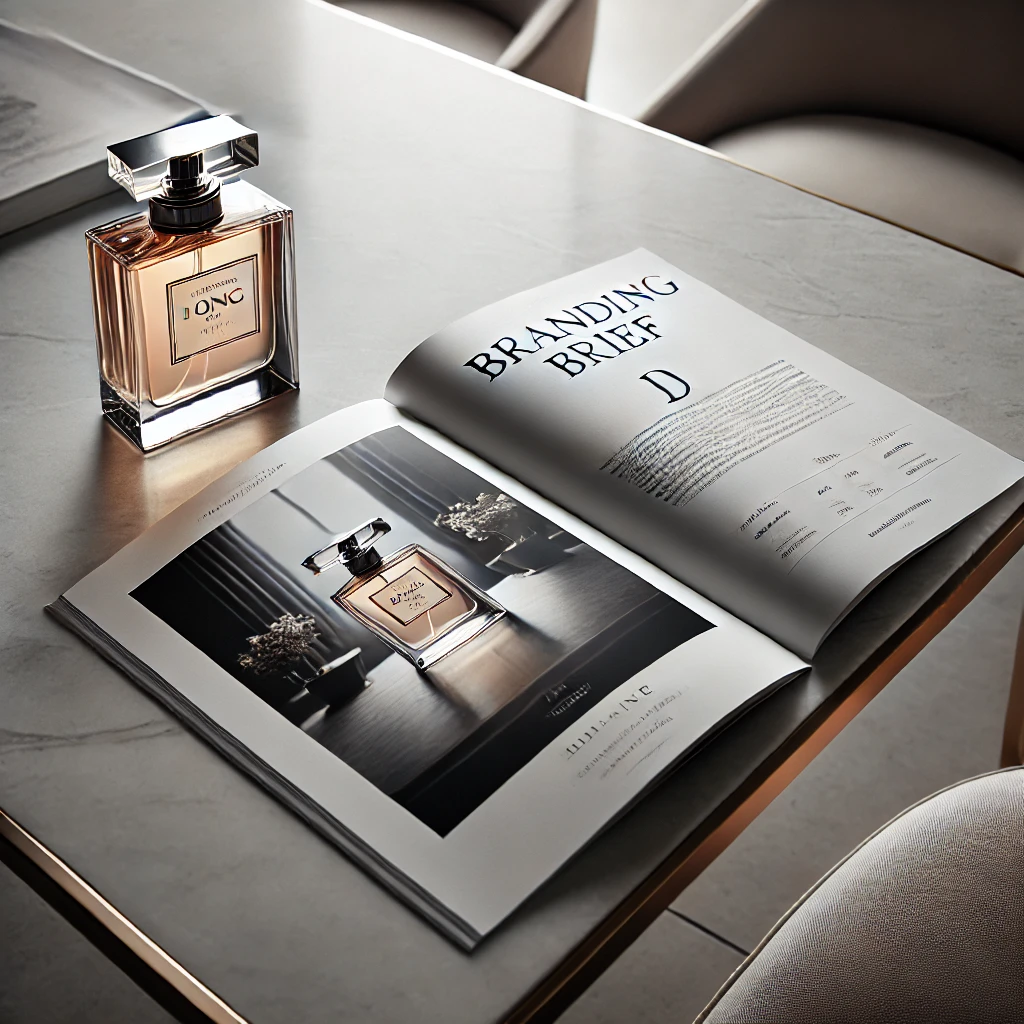Why Is Perfume So Expensive? The Art and Science Behind the Price Tag
- Jil CROQUET

- Aug 27, 2024
- 4 min read
Perfume has long been a symbol of luxury, a personal statement, and a sensory experience that transcends mere fragrance. But if you've ever wondered why a small bottle of perfume can come with a hefty price tag, you're not alone. The cost of perfume is influenced by a complex blend of factors that range from the rarity of ingredients to the craftsmanship involved in creating each scent. However, it's important to distinguish between artisan perfumes and designer fragrances, as the reasons behind their pricing can differ significantly.
1. Rare and Precious Ingredients drive the price up (especially true for artisan perfumers )
One of the key reasons behind the high cost of perfume lies in the rarity and superior quality of its ingredients. High-end artisan perfumes often incorporate natural essential oils derived from flowers, fruits, spices, woods, and resins. For example:
Orris Butter: Derived from the rhizomes of the iris plant, orris butter is one of the most expensive ingredients in perfumery due to its complex extraction process and the time it takes for the rhizomes to mature—up to three years.
Jasmine Absolute: The production of jasmine absolute is extremely labor-intensive, requiring vast quantities of jasmine flowers, often hand-picked at dawn to preserve their fragrance. This delicate process contributes to its high cost.
Fir Balsam: Harvested from the balsam fir tree, fir balsam is valued for its rich, resinous scent. Its rarity and the meticulous extraction process make it a prized and costly ingredient in luxury perfumes.
However, this commitment to using rare and precious ingredients is mostly found in artisan perfumes. In contrast, designer brands often push the perfume houses they commission to reduce the cost of the "juice"—the actual fragrance concentrate—so that more resources can be dedicated to marketing, celebrity endorsements, branding, and packaging. As a result, these designer brands frequently choose cheaper ingredients and synthetic substitutes, compromising the quality of the fragrance itself.
2. Time-Intensive Production Process adds to the price tag (especially true for artisan perfumers)
Creating a perfume is an art form that requires time, patience, and expertise. From the initial concept to the final product, the process can take years. Perfumers, also known as "noses," spend months or even years perfecting a fragrance, carefully balancing each note to create a harmonious blend.
The maceration process, where the perfume ingredients are aged to develop their full scent, can also take several months. This meticulous process adds to the overall cost of the final product.
3. Packaging and Presentation are costly (especially true for designer brands)
The presentation of a perfume is often considered just as important as the scent itself, especially for designer brands. These luxury brands invest heavily in the design of their bottles, packaging, and overall branding. High-quality glass and intricate designs elements contribute to the final price. Some perfumes are encased in bottles that are true works of art, featuring crystal, gold accents, or elaborate detailing.
For about 95% of designer brands, the focus is less on the actual fragrance—what insiders call the "juice"—and more on the packaging and brand image. These designers often lack deep knowledge of perfumery and instead commission specialized perfume houses to create their scents. What they do excel at is branding, marketing, and packaging, which are the core aspects of their business. This approach is perfectly valid—designers and artisans simply have different business philosophies, and both are needed to create a balanced industry. Designers understand that their customers will pay close attention to the care taken in the bottle’s design and the prestigious name displayed on it—often even more than the scent itself. As a result, these brands allocate more time, energy, resources, and money to the packaging than to the fragrance inside.
In contrast, artisan perfumers tend to focus their efforts on the quality of the blend itself, dedicating less attention and fewer resources to packaging. Their priority is crafting a unique and high-quality fragrance, with packaging being a secondary consideration.
4. Brand Reputation and Marketing expenses (especially true for designer brands)
The brand behind the perfume plays a significant role in its pricing. Established luxury brands with a rich history and reputation for quality can command higher prices. Marketing, advertising, and the use of celebrity endorsements also contribute to the cost. These brands often create a sense of exclusivity and desirability, which allows them to set premium prices for their products.
5. Artistry and Craftsmanship ( especially true for artisan perfumers)
At its core, perfumery is an art form that requires a deep understanding of chemistry, a keen sense of smell, and a creative vision. The artistry and craftsmanship involved in creating a unique and memorable fragrance are invaluable. When you purchase a high-end perfume, you're not just buying a scent; you're investing in a piece of art crafted by a skilled artisan.
In Conclusion
The next time you pick up a bottle of perfume and wonder about its price, remember that you're holding a product born from rare ingredients, meticulous craftsmanship, and a blend of art and science. While the cost of luxury perfumes may be high, it reflects the value of the experience, the quality of the ingredients, and the expertise that goes into creating a fragrance that resonates on a deeply personal level.
In a world where scent is often tied to memory, emotion, and identity, the investment in a beautiful perfume is an investment in a sensory experience that can last a lifetime.






